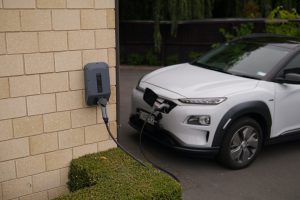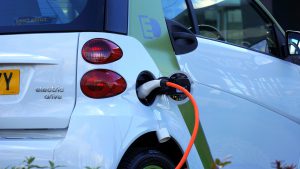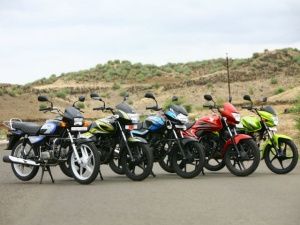Monsoon – One of the key growth drivers of the Indian economy?

Southwest monsoon arrives early in the mainland of India and it covered many Indian states and union territories but many of those states have received deficit rainfall in early June.
But wait, why does it matter to us, how the excess or deficit rainfall is going to affect the Indian economy and Investors? So, let’s discuss
In India, the monsoon season starts in June and lasts till September. India receives more than ~70% of rainfall in this period. India is an agrarian economy and more than half of the workforce is engaged in agriculture and the allied sector. The farm sector also has a double-digit contribution to India’s GDP.

*LPA – Long Period Average
Here is the equation – Good monsoon = Good farm output = Strong consumer demand and vice versa
The monsoon has a direct relationship with the agricultural and allied sectors. Approximately half of India’s total food output is contributed by Kharif crops that are largely dependent on monsoon. A good monsoon season accelerates the farm output and boosts the income of the farmer community. This improves the spending power of rural areas which leads to strong demand sentiments. There is a hidden part of the above equation which is “Inflation”. Normal monsoon and bountiful harvest keep inflation under control since food contributes ~45% in the consumer Price Index (CPI). That is why a normal monsoon is a crucial factor for the inflation.
If we record deficit and a drought-like situation, it will directly weaken the farm production and lowers the income of the farmers. This reduces the consumption demand. At the same time, we get a hit from inflation as lower food production accelerate the food inflation. The government may have to spend towards import of food and adversely impacts the overall economy.
Sectors that have a large exposure to monsoon –
- Consumer –India’s rural market contributes a significant share of the revenue of the Indian companies. Many Indian consumer companies are expanding their reach and significantly stepping up direct distribution in rural markets. The normal monsoon will improve the purchasing power of the rural population and may revive the sluggish rural demand and drive revenue growth.
- Automobiles and farm equipment – Tractor companies have a direct relationship with the monsoon. A good monsoon improves the farmers’ spending capacity for better farm equipment. This will effectively result in better crop yields. Major Indian 2W makers derive ~50% of their revenue from the rural areas. This demand is again dependent on the agricultural growth.
- Agro chemicals and fertilizers – Agrochemicals and fertilizers business directly depends on farmers’ income and agricultural growth. Companies derive their major revenues during the monsoon period. As the good monsoon sentiments enable farmers to spend more on crop care protection chemicals and fertilizers.
In the short, we need a normal monsoon for the smooth economic activity, especially in rural areas, So, let’s hope and pray for a good and normal monsoon every year.
Disclaimer: “The views expressed are for information purposes only. The information provided herein should not be considered as investment advice or research recommendation. The users should rely on their own research and analysis and should consult their own investment advisors to determine the merit, risks, and suitability of the information provided.”

 The primary motive of any business is to earn profits. Why are we saying this now – because today, there are businesses that have hardly made any profits which in turn means that they have destroyed shareholder’s wealth, although they have been very beneficial for the consumer.
The primary motive of any business is to earn profits. Why are we saying this now – because today, there are businesses that have hardly made any profits which in turn means that they have destroyed shareholder’s wealth, although they have been very beneficial for the consumer.



 Update on the Indian Equity Market:
Update on the Indian Equity Market:

 Update on the Indian Equity Market:
Update on the Indian Equity Market: